The Ultimate Guide To Exploring Australia's Great Barrier Reef
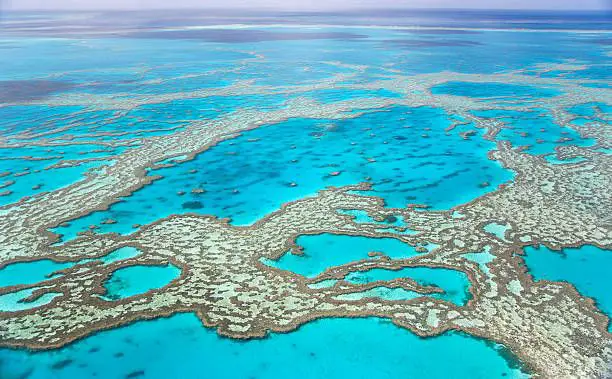
Australia's Great Barrier Reef is one of the world's most iconic natural wonders, spanning over 2,300 kilometers along the coast of Queensland in northeastern Australia.
This sprawling system of coral reefs, islands, and cays is home to a diverse array of marine life and is a UNESCO World Heritage Site, drawing millions of visitors each year.
However, despite its beauty and importance, the Great Barrier Reef faces a range of environmental threats that have placed it in danger.
Climate change, pollution, and overfishing are just a few of the issues that are impacting the reef and its delicate ecosystem.
One of the most significant threats to the Great Barrier Reef is climate change. Rising sea temperatures are causing mass bleaching events, in which the coral expels the symbiotic algae that provide it with nutrients and color.
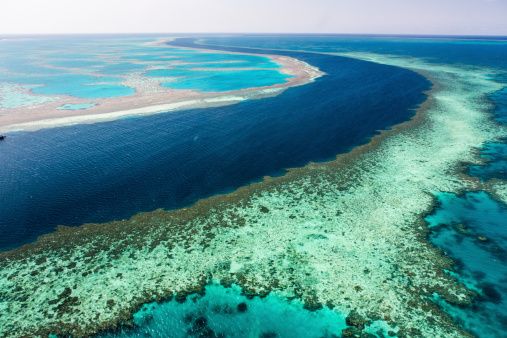
This can lead to the death of large sections of coral and is one of the major factors behind the recent decline in the health of the reef.
Another major issue facing the Great Barrier Reef is pollution. Runoff from agriculture and urban development can introduce pollutants such as sediment and nutrients into the waters around the reef, leading to algal blooms and other problems.
Plastic pollution is also a growing concern, with plastic waste harming marine life and damaging coral.
Overfishing is also a significant problem, with some species being overexploited and damaging the delicate balance of the ecosystem. Practices such as bottom trawling and the use of destructive fishing gear can also damage the reef itself.
Despite these challenges, there are efforts underway to protect and preserve the Great Barrier Reef.
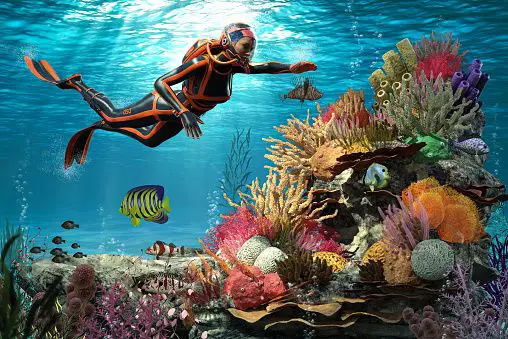
The Australian government has committed significant resources to the Reef 2050 Plan, a long-term strategy aimed at reducing pollution, improving water quality, and increasing the resilience of the reef to climate change.
In addition, a range of conservation organizations, researchers, and local communities are working to protect the reef and promote sustainable practices.
From initiatives to reduce plastic waste to programs that encourage sustainable fishing practices, there are many ways in which individuals and organizations can help to protect the Great Barrier Reef.
Ultimately, the fate of the Great Barrier Reef is in the hands of all of us. By taking steps to reduce our impact on the environment and supporting efforts to protect this unique and precious ecosystem, we can help to ensure that this natural wonder remains a vibrant and thriving part of the world for generations to come.
Here's your ultimate guide to exploring the Great Barrier Reef
When to go
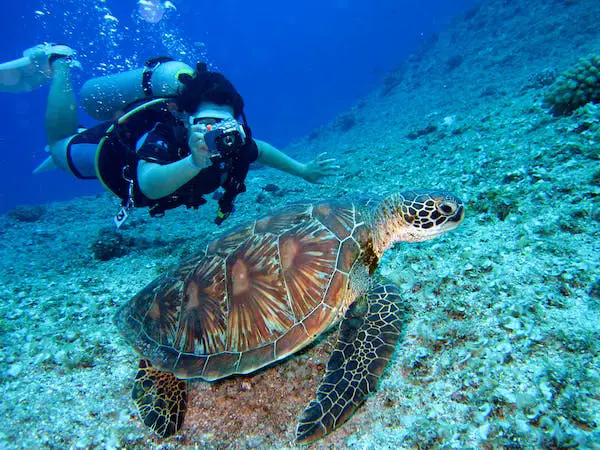
The best time to visit the Great Barrier Reef depends on your preferences and what you want to do.
The peak tourist season is between June and October when the weather is dry and the water is warm, making it the ideal time for snorkeling, diving, and other water activities.
However, this is also the busiest time, so expect higher prices and crowds. If you prefer to avoid the crowds, consider visiting outside of peak season, but be aware that the weather may be less predictable.
Ultimately, the Great Barrier Reef is a year-round destination, so you can visit at any time and still have a great experience.
How to get there
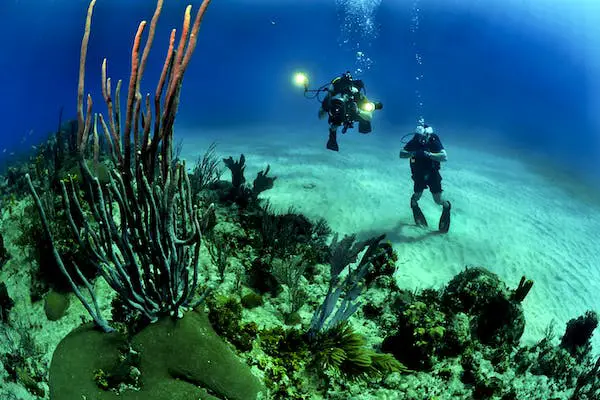
There are several ways to get to the Great Barrier Reef, depending on where you want to go. The most popular gateway to the reef is Cairns, a city in northeastern Queensland that has its own airport with direct flights from major Australian cities and some international destinations.
From Cairns, you can take a boat tour to the reef or fly to one of the islands that are part of the reef system.
Other towns and cities along the Queensland coast that offer access to the Great Barrier Reef include Port Douglas, Airlie Beach, and Townsville. These locations also have airports with domestic connections and boat tours departing to the reef.
If you're driving along the coast, you can also access the reef from smaller towns and villages, such as Mission Beach and Bundaberg.
However, keep in mind that some parts of the reef are quite remote and require a more specialized tour to visit.
What to do
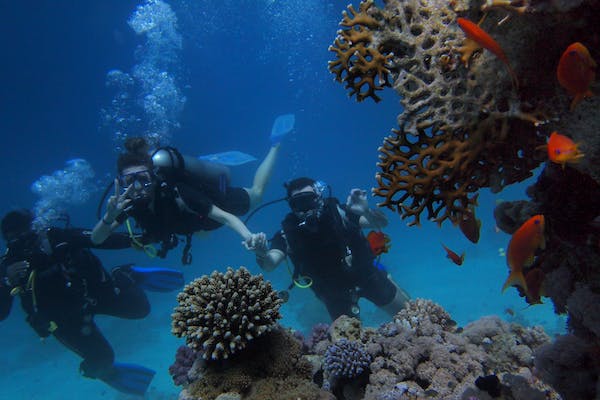
There are many things to do when exploring the Great Barrier Reef, depending on your interests and preferences. Here are some of the most popular activities:
Snorkeling: This is one of the best ways to experience the colorful underwater world of the Great Barrier Reef.
You can snorkel on your own if you have your own equipment, or join a guided tour to explore the best spots with a knowledgeable guide.
Scuba diving: If you're a certified diver, you can explore even deeper into the reef's diverse marine life.
There are dive sites for all levels, from beginners to experienced divers, and many tour operators offer PADI courses if you want to get certified.
Glass-bottom boat tours: If you prefer to stay dry, you can take a tour on a glass-bottom boat to see the reef from above the water.
This is a great way to see the colorful coral gardens and the marine life without getting wet.
Helicopter and scenic flights: For a bird's-eye view of the reef, you can take a helicopter or scenic flight tour.
This is a great way to see the reef from a different perspective and to appreciate the vastness of this natural wonder.
Island hopping: There are many islands in the Great Barrier Reef that offer a range of accommodation options, from budget-friendly camping sites to luxury resorts.
You can choose to stay on one of the islands and explore the surrounding reef during the day.
Whale watching: From June to September, you can spot humpback whales on their annual migration through the Great Barrier Reef. Many tour operators offer whale watching tours during this time.
Fishing: If you're a keen angler, you can join a fishing tour to catch some of the reef's abundant marine life, such as coral trout and Spanish mackerel.
These are just a few of the many activities you can do when exploring the Great Barrier Reef. The options are endless, and there's something for everyone.
What to see
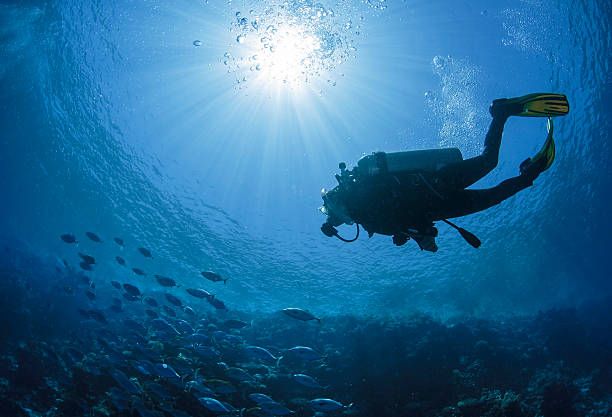
The Great Barrier Reef is home to a diverse range of marine life, including over 1,500 species of fish, 600 types of coral, and countless other creatures such as sharks, turtles, rays, and dolphins.
Here are some of the top things to see when exploring the Great Barrier Reef:
Coral gardens: The Great Barrier Reef is home to some of the most beautiful and diverse coral reefs in the world.
These underwater gardens come in a variety of shapes and sizes, from towering spires to delicate branches, and are home to an array of colorful fish and other marine life.
Giant clams: The Great Barrier Reef is home to some of the world's largest and oldest giant clams, which can grow up to four feet long and live for over 100 years.
Sharks: The reef is home to many species of sharks, including reef sharks, hammerhead sharks, and tiger sharks.
While they may seem intimidating, these creatures are an important part of the reef's ecosystem and are fascinating to observe from a safe distance.
Turtles: The Great Barrier Reef is a critical nesting site for several species of sea turtles, including green sea turtles and loggerheads. These gentle creatures can often be seen swimming and feeding in the reef's shallow waters.
Manta rays: These graceful creatures are a common sight in the Great Barrier Reef, especially around the outer reef. They can grow up to 20 feet wide and are known for their acrobatic displays and curious nature.
Whales: From June to September, humpback whales migrate through the Great Barrier Reef, offering a rare opportunity to see these majestic creatures up close.
These are just a few examples of the incredible marine life you can see when exploring the Great Barrier Reef. The reef is full of surprises, and you never know what you might encounter on your visit.
Tips for visiting
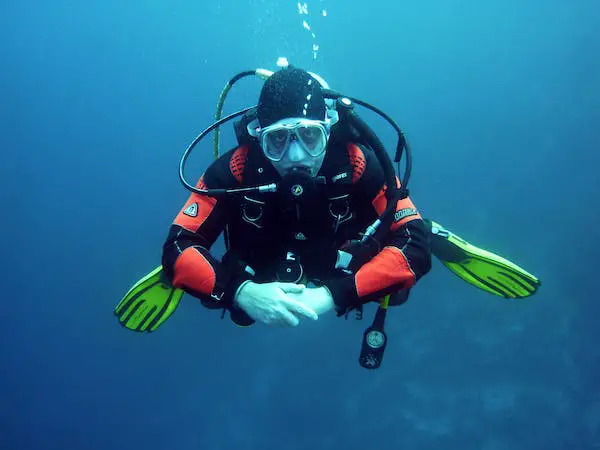
Visiting the Great Barrier Reef can be an unforgettable experience, but it's important to plan ahead to make the most of your trip. Here are some tips for visiting the Great Barrier Reef:
Choose a reputable tour operator: There are many tour operators offering trips to the Great Barrier Reef, but not all are created equal. Do your research and choose a reputable operator with a good safety record and a focus on sustainability.
Protect yourself from the sun: The Australian sun can be intense, especially in the summer months. Be sure to wear a hat, sunscreen, and protective clothing to avoid getting sunburned.
Respect the reef: The Great Barrier Reef is a delicate ecosystem that is under threat from climate change and human activity.
Be sure to follow responsible tourism practices, such as not touching the coral or disturbing the marine life.
Stay hydrated: The Australian climate can be hot and humid, so it's important to stay hydrated throughout the day. Bring plenty of water and consider bringing an insulated water bottle to keep your drinks cool.
Be prepared for the water: If you plan on snorkeling or diving, make sure you have appropriate gear and clothing. A wetsuit or rash guard can help protect you from the sun and provide warmth in the water.
Bring a camera: The Great Barrier Reef is a photographer's dream, with stunning underwater landscapes and colorful marine life. Bring a waterproof camera or a waterproof housing for your camera to capture your memories.
Check the weather: While the Great Barrier Reef is a year-round destination, weather conditions can vary depending on the season. Check the forecast before you go and be prepared for changes in weather conditions.
By following these tips, you can ensure that your visit to the Great Barrier Reef is safe, enjoyable, and sustainable.
Conclusion
Australia's Great Barrier Reef is one of the world's most remarkable natural wonders, attracting millions of visitors from around the globe each year.
With its stunning coral gardens, diverse marine life, and crystal-clear waters, the reef offers endless opportunities for adventure and exploration.
However, it's important to remember that the Great Barrier Reef is also a fragile ecosystem that requires our protection and respect.
By following responsible tourism practices and planning ahead for your trip, you can help ensure that the reef remains a vibrant and healthy ecosystem for generations to come.
Whether you're a snorkeler, a diver, or simply a nature lover, a visit to the Great Barrier Reef is an experience not to be missed.
